The Overlooked Dietary Needs of Pet Rabbits
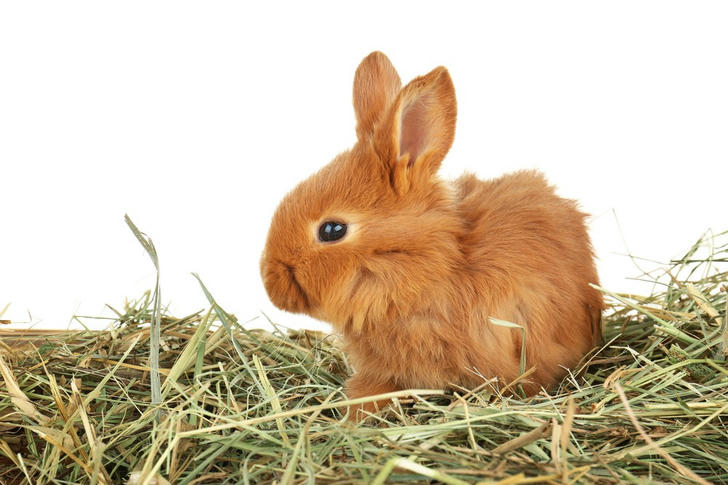
Rabbits have become popular pets due to their adorable and gentle nature, along with their unique personalities. However, many rabbit owners lack a deep understanding of their dietary needs, often overlooking some key factors. The health of a rabbit is closely linked to its diet, and this article will explore the often-neglected aspects of rabbit nutrition, revealing lesser-known dietary requirements to ensure their health and happiness.
1.Unique Digestive System of Rabbits
Rabbits have a digestive system that differs significantly from that of other animals, enabling them to effectively process high-fiber plant-based foods. The structure of a rabbit’s gastrointestinal tract is specialized, with a well-developed cecum that aids in the digestion of complex cellulose.
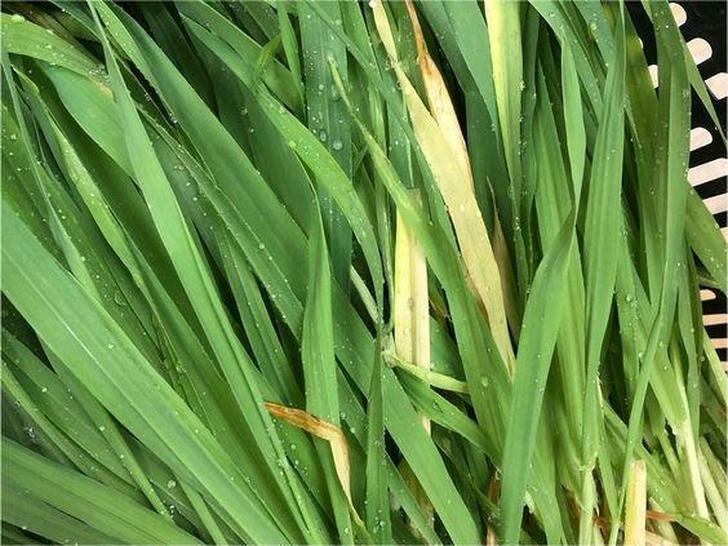
The Role of the Cecum
The cecum is a critical part of a rabbit's digestive process. The microorganisms present in the cecum help break down cellulose and produce short-chain fatty acids for absorption. Many people are unaware that rabbits will consume cecotropes (a type of soft, nutrient-rich feces) to obtain these nutrients. This behavior is known as “coprophagy.” For example, when lacking high-fiber foods, a rabbit will frequently eat its cecotropes to improve its health.
The Importance of Fiber
A high-fiber diet is essential for a rabbit's digestion and dental health. Rabbit teeth grow continuously, and chewing high-fiber foods (like hay) naturally wears down their teeth, preventing them from becoming overgrown. Many rabbit owners focus solely on providing hay but overlook other sources of fiber. Certain fresh vegetables (such as spinach, cilantro, and carrot greens) also serve as good fiber sources. For instance, a rabbit that has been fed only hay for an extended period showed signs of overgrown teeth, but after introducing fresh vegetables, the rabbit's teeth were effectively worn down and returned to a healthy state.
2.Lesser-Known Food Choices
A rabbit's diet can include a variety of foods beyond just hay and carrots. Here are some nutritious and often overlooked options that rabbits enjoy:
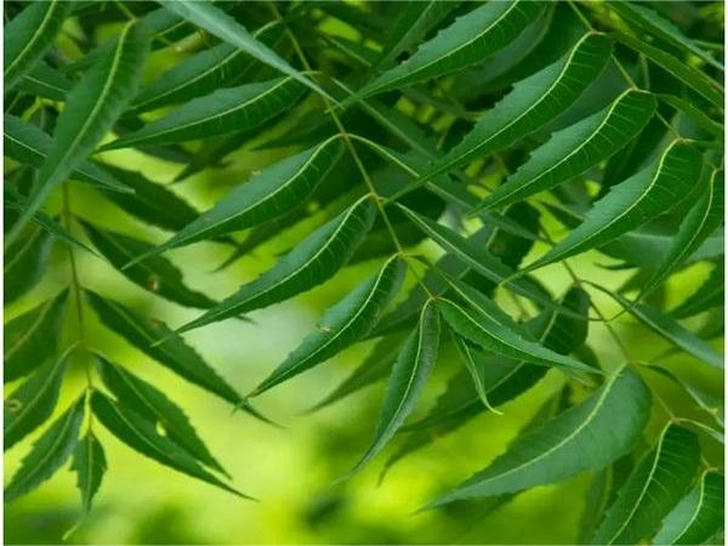
Olive and Bay Leaves
Olive leaves and bay leaves are tasty treats for rabbits. These leaves not only provide additional nutrition but also help boost immunity. Studies show that the polyphenolic compounds in olive leaves have anti-inflammatory properties that can improve a rabbit’s overall health. For example, after incorporating olive leaves into a rabbit's diet that had been lacking in nutrients, the rabbit displayed increased energy and a shinier coat.
Petals and Herbs
Certain flower petals (such as dandelion, chrysanthemum, and rose petals) are safe for rabbits and are rich in vitamins and minerals, adding variety to their diet. Fresh herbs (like mint, basil, and thyme) can also enhance a rabbit’s meals. For instance, rabbits often show a particular fondness for mint; every time mint is added to their diet, their appetite noticeably increases.
3.Consequences of Nutritional Deficiencies
Many rabbit owners fail to recognize that nutritional deficiencies can lead to subtle health issues in their pets. For example, a lack of vitamin A can result in impaired vision, while insufficient vitamin E may affect reproductive capabilities.
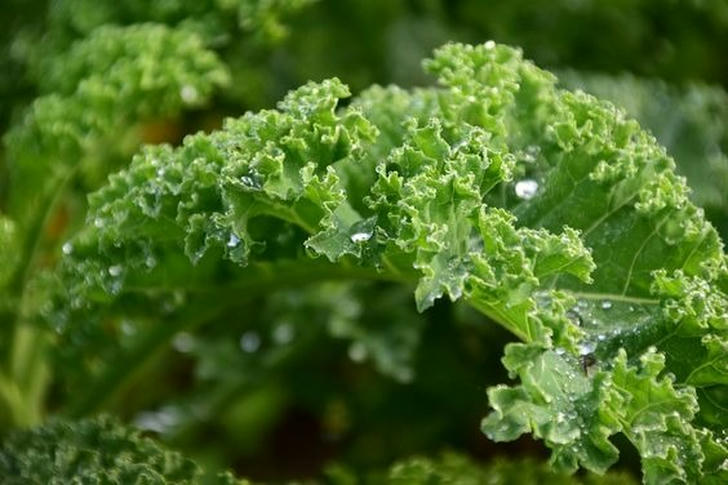
The Role of Vitamin K
Vitamin K is crucial for maintaining normal blood coagulation. Many people do not realize that vitamin K primarily comes from green vegetables, such as kale and leafy greens. A diet lacking in these foods can lead to bleeding tendencies in rabbits. A rabbit that had a diet nearly devoid of green vegetables experienced symptoms like nosebleeds, which improved significantly after incorporating kale.
The Right Amount of Calcium
Calcium is vital for a rabbit's health, but excessive calcium can lead to health issues as well. Many rabbit pellets contain too much calcium, leading to urinary tract problems. Therefore, it’s crucial to regulate the calcium intake of rabbits. For example, a rabbit that developed urinary stones from a high-calcium diet saw improvement after its diet was adjusted to reduce calcium-rich foods.
4.Individualized Dietary Management
Rabbits have varying dietary needs based on individual differences such as age, weight, and health status.
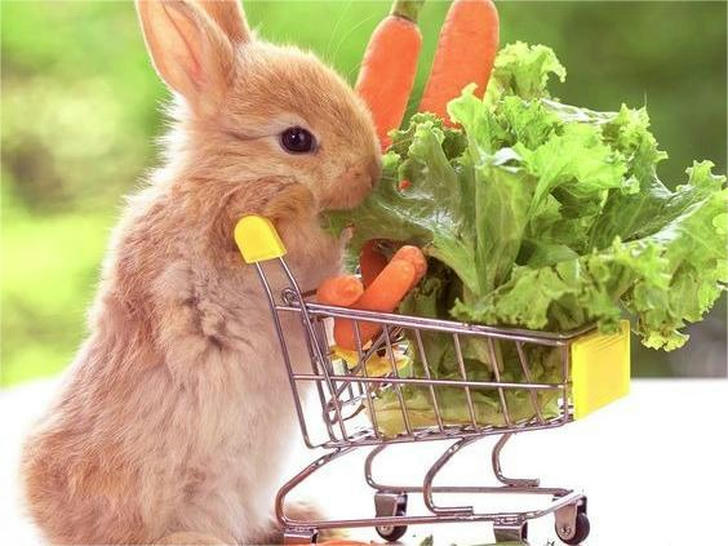
Dietary Needs of Specific Breeds
Different rabbit breeds have different dietary requirements. For instance, some small breeds may have smaller stomachs and may not be able to digest excessive fiber, necessitating more tailored dietary adjustments. Creating personalized feeding plans based on breed can help rabbits absorb nutrients more effectively. For example, a rabbit gradually increased its intake of fresh vegetables, resulting in noticeable improvements in its health.
Gradual Dietary Adjustments
When changing a rabbit's diet, it should be done gradually to avoid digestive issues. Many rabbit owners rush the process, leading to diarrhea or a loss of appetite. Introducing new foods gradually allows the rabbit’s digestive system to adapt. For example, when introducing fresh carrots, starting with small amounts and slowly increasing them can ensure the rabbit adjusts well to the dietary change.
5.Understanding Rabbits' Dietary Psychology
A rabbit's eating behavior is influenced not only by physiological needs but also by psychological factors. Many people are unaware that rabbits can have food preferences, developing likes or dislikes for certain foods.
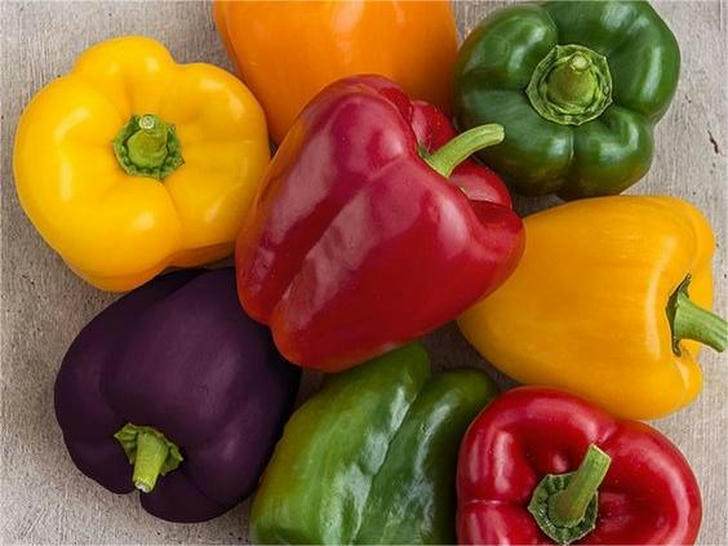
The Appeal of Color, Aroma, and Flavor
Rabbits are sensitive to visual and olfactory cues, and the appearance, smell, and taste of food can significantly influence their appetite. Offering fresh, colorful vegetables may stimulate a rabbit’s interest in eating. For instance, red and orange carrots, as well as yellow bell peppers, can capture a rabbit's attention. After adding colorful vegetables to their diet, rabbits may show increased appetite and become more active.
The Importance of a Comfortable Eating Environment
The environment in which a rabbit eats is also critical. A calm and comfortable setting can help rabbits relax and enjoy their meals. For example, avoiding noisy areas and providing a quiet feeding space can enhance their eating experience. In such environments, rabbits are more likely to eat and even try new foods.
6.Seasonal Dietary Adjustments
Rabbits' dietary needs may vary with the changing seasons. In cold winter months, rabbits may require more calories to maintain body temperature, while in hot summer months, they need more hydration to prevent dehydration.
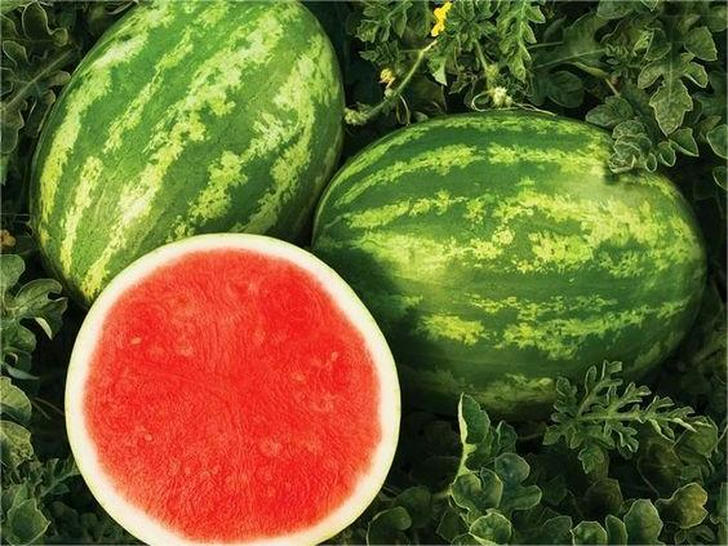
Dietary Adjustments for Summer
During summer, a rabbit's diet should include water-rich foods, such as watermelon and cucumber. These foods not only provide hydration but also help keep rabbits cool. For instance, a rabbit that appeared lethargic due to dehydration showed a rapid improvement in energy after watermelon was added to its diet.
Dietary Adjustments for Winter
In cold winter months, increasing the caloric content of a rabbit's diet is important, which may include adding some nuts and seeds. While rabbits need to control their fat intake, a moderate amount of nuts (such as almonds and walnuts) can provide extra calories to help maintain their body temperature. A rabbit that became sluggish during winter due to insufficient calories showed increased activity levels after adding nuts to its diet.
Conclusion
Rabbits, as pets, have unique dietary needs that are often overlooked. Understanding their dietary characteristics, providing diverse food options, and managing individualized diets can significantly improve their health. Paying attention to these details not only enhances a rabbit’s quality of life but can also extend their lifespan. By adopting appropriate dietary management, rabbits can enjoy a healthy and vibrant life, filled with vitality. Providing a rich, varied diet that suits their needs will help them thrive and remain happy.
